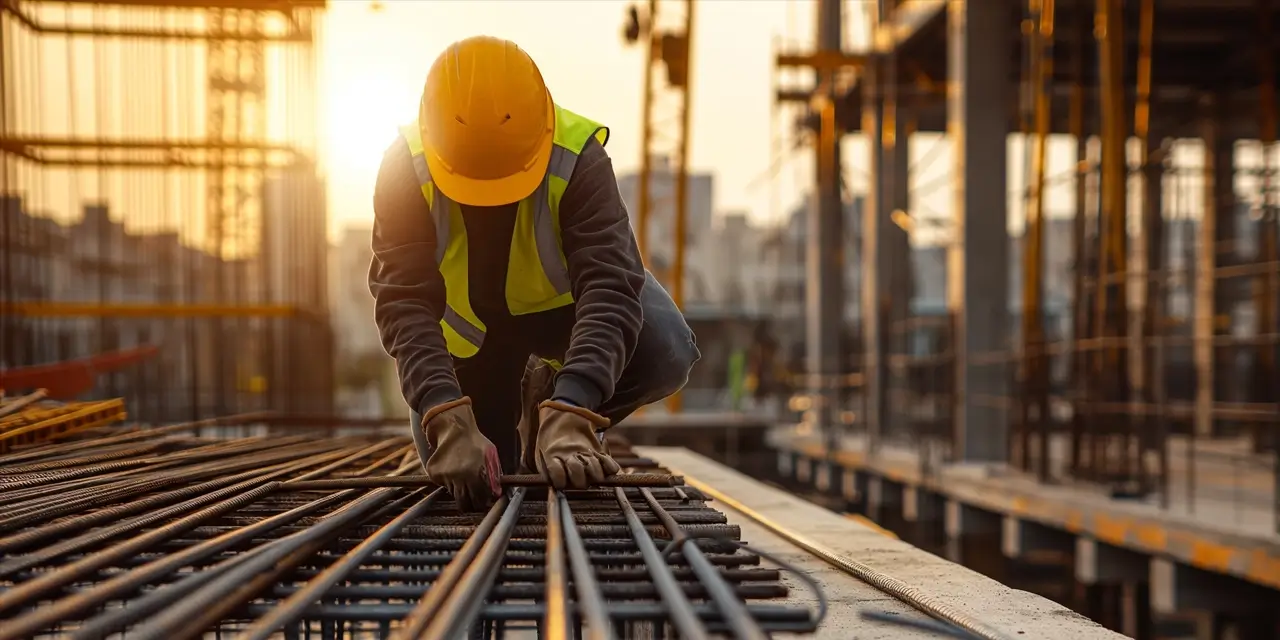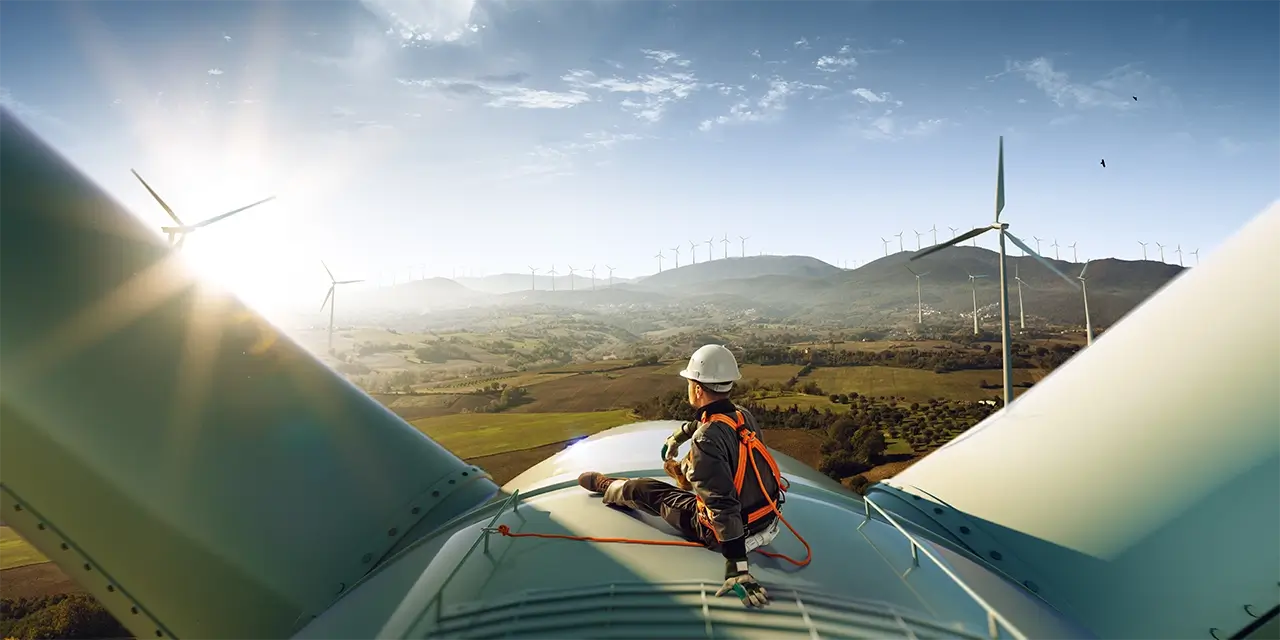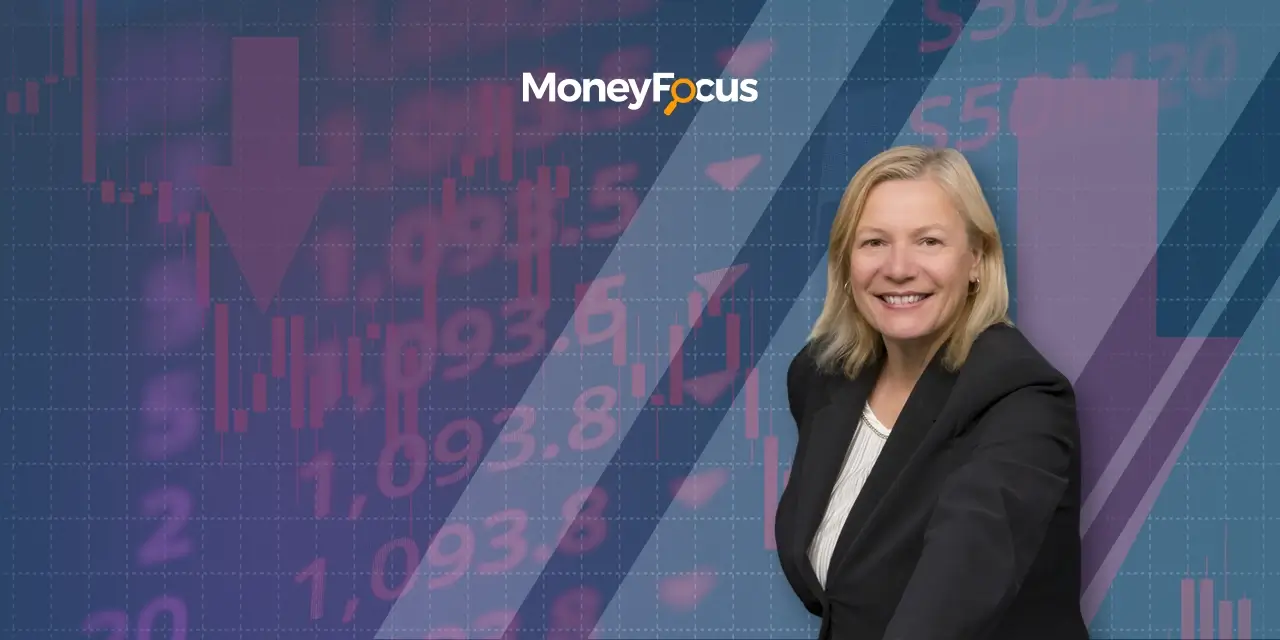Published by Harvest ETFs
The rise of ETFs over the past 15 years has led to questions about how easy they might be to buy and sell, especially if trading volume is low or during a market downturn.
The question about how easy an ETF is to sell is a question about its liquidity. This is the degree to which an ETF can be quickly bought or sold without affecting its market price. The short answer is that in most cases this should not be a concern to investors.
What is an ETF
An ETF is a Fund structure, similar to a mutual fund, in that they both offer investors a proportionate share in a basket of securities. They are pooled investment vehicles that offer diversified exposure to a particular area of the market. They can invest in stocks, bonds or a blend of assets. Each investor buys shares, which represent a proportional interest in the pooled assets.
The first ETF’s were introduced as passive investments to track a particular Index. Over the past decade, new ETFs have entered the market, covering a wide range of risk appetites and investment goals. Investors now have access to a broad array of ETF’s, covering every corner of the market, asset classes (equity, bonds, currency, commodities, sectors
Like a traditional mutual fund, an ETF tracks the investments that are held within it. Like a mutual Fund, an ETF holds stocks or bonds and the performance of the Fund is driven by the underlying securities. A key difference is the ETF tracks the performance of the securities during the day and investors can buy or sell it like a stock compared to a mutual fund that prices at the end of the day only. There may also be some cost advantages associated with the ETF.
An ETF can be traded like a stock at any time during the trading day which is a big difference between an ETF and a mutual fund. Mutual funds are priced once a day at the end of the trading day.
A common misconception about ETF liquidity
Many investors think that if an ETF doesn’t trade actively the fund is illiquid and should be avoided. That question might make sense from the perspective of a single stock. The gap between its bid and ask price can be wide if a stock does not frequently trade. But with ETFs, you have two levels of liquidity – that of the ETF and that of the underlying stocks. Both are facilitated by the involvement of an intermediary called a market maker.
Role of the Market Maker
A designated market
How a Market Maker Works
Market makers create ETF units by delivering the basket of stocks in the ETF to the ETF provider in exchange for a block of units of the ETF with the same market value. These newly created ETF units can be sold on the stock exchange to investors. When the market maker runs out of ETF units because investors have purchased them all, they repeat the process. This process works in reverse with redemptions. Here, the market maker exchanges ETF units with the ETF provider, for an equivalent basket of stocks that make up the ETF.
Bid and Ask Prices
The market maker also
Liquidity of underlying stocks
In general, the only factor which could affect the liquidity of an ETF is the liquidity of its underlying portfolio of securities. The same is true for a
When you sell the ETF, you are essentially selling the underlying stocks in their proportion in the ETF and that is an important distinction, facilitated by a market maker. A thinly traded ETF can be highly liquid: If the underlying stocks are easy to buy or sell, so is the ETF.
As with all investments, ETFs are not
For more information about Harvest ETFs visit harvestportfolios.com
The views and/or opinions expressed above are of a general nature and are for informational purposes only. The contents should not be considered as advice and/or a recommendation to purchase or sell the mentioned securities or used to engage personal investment strategies. Investors should consult their investment advisor before making any investment decision.
Commissions, management fees and expenses all may be associated with investing in Harvest Exchange Traded Funds (managed by Harvest Portfolios Group Inc.). The funds are not guaranteed, their values change frequently and past performance may not be repeated. Please read the relevant prospectus before investing.











